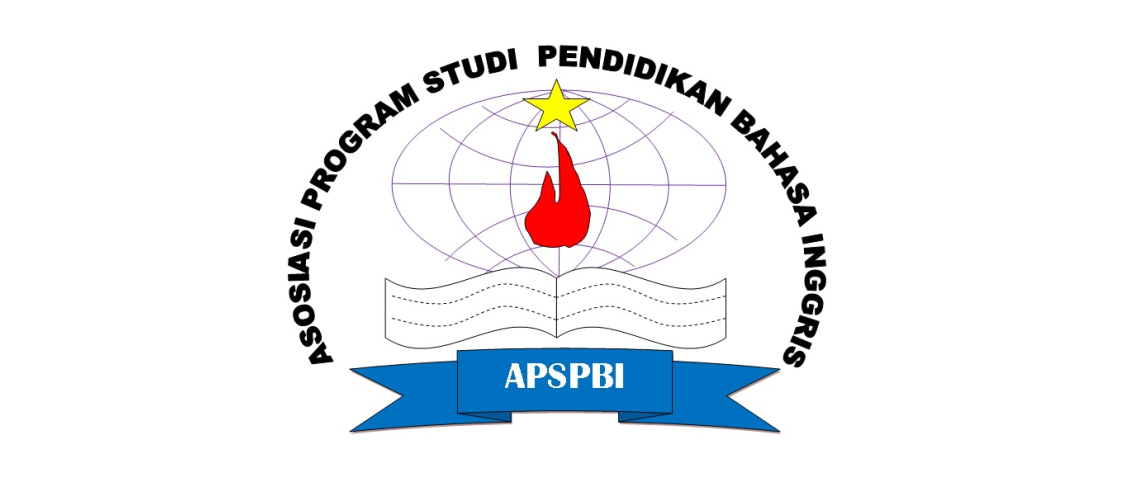Full Paper Submission Guidelines
Thank you for preparing your full paper for APSPBI International Conference and Annual Business Meeting 2025. This template is designed to help you structure your paper according to our conference’s standards and requirements. Please follow these guidelines carefully to ensure a smooth review and publication process.
General Instructions
- Paper Length: Full papers should have a minimum length of 6 pages and a maximum of 15 pages, including all text, figures, tables, and references.
- File Format: Papers must be submitted in doc/docs format.
- Language: Papers must be written in clear and concise English language.
- Anonymity (for Double-Blind Review): DO NOT include author names, affiliations, or any other identifying information in the initial version of your paper. This information will be added after acceptance.
- Citation Style: Use the APA citation style for references.
- Typography Guidelines: For consistency and readability, please follow the font and size guidelines below:
- Main Paper Title: Font Times New Roman, size 18pt, Bold, centered.
- Author Name: Font Times New Roman, size 11pt, Bold.
- Author Affiliation: Font Times New Roman, size 10pt, Normal.
- Main Section Title (e.g., 1. Introduction): Font Times New Roman, size 12pt, Bold, all caps.
- Sub-Section Title (e.g., 2.1. Research Design): Font Times New Roman, size 11pt, Bold.
- Main Body Text: Font Times New Roman, size 10pt, Normal, single-spaced.
- Abstract & Keywords: Font Times New Roman, size 9pt, Normal.
- Figure and Table Captions: Font Times New Roman, size 9pt, Normal.
- References List: Font Times New Roman, size 9pt, Normal.
Paper Structure
- Paper Title
- Format: The title should be concise, informative, and accurately reflect the main content of your paper.
- Example: Your Paper Title Here: Relevant Subtitle (If Any)
- Authors and Affiliations (For Final Version After Acceptance Only)
- Format: Full author names, institutional affiliations, city, country, and email addresses. Mark the corresponding author.
- Example: First Author Name¹, Second Author Name², Third Author Name¹* ¹Department/Faculty, Institution Name, City, Country ²Department/Faculty, Institution Name, City, Country, *Corresponding Author Email: email@example.com
- Abstract
- Format: The abstract should be concise, providing an overview of your research, including a brief background, objectives, main methodology, key results, and main conclusions.
- Length: Maximum 250 words.
- Example: Abstract: This research investigates the impact of variable X on variable Y within the context of research field. Using a methodology approach, data was collected from data source. Results indicate that main results. These findings have significant implications for implications.
- Keywords
- Format: List 3-5 relevant keywords, separated by commas, that reflect the main topics of your paper.
- Example: Keywords: Keyword 1, Keyword 2, Keyword 3, Keyword 4, Keyword 5
- Introduction
- Content: Introduce the research topic, provide context and background, identify the problem or existing research gap, state the research objectives, and briefly outline the paper’s structure.
- Example: Introduction Write your introduction here. Explain why this research is important, what is already known, and what you will investigate.
- Literature Review (Optional, or Integrated within Introduction)
- Content: Review relevant literature, identify existing theories or models, and show how your research contributes to or fills gaps in the literature.
- Example: 2. Literature Review Review previous research relevant to your topic.
- Methodology
- Content: Explain in detail how your research was conducted. This should include the research design, population/sample, research instruments, data collection procedures, and data analysis methods. Ensure your methodology is replicable.
- Example: Research Methodology, Describe your research design (e.g., experimental, survey, case study), participants or subjects, tools used, how data was collected, and how data was analyzed.
- Results
- Content: Present the main findings of your research objectively. Use text, tables, and figures to present data. Avoid interpretation or discussion in this section; focus on presenting facts.
- Example: Results Present your findings here. Use tables and figures to visualize data. Ensure all tables and figures have clear titles and and labels.
- Figure 1: [Figure Title]
- Table 1: [Table Title]
- Discussion
- Content: Interpret your results, connect them to the literature review and research objectives. Discuss the implications of your findings, research limitations, and future research directions.
- Example: Discussion Discuss the meaning of your results. How do these results relate to previous research? What are their implications? What are the limitations of your study?
10. Conclusion
- Content: Summarize your main findings and state the conclusions drawn from the research. Avoid introducing new information in this section.
- Example: Conclusion, Summarize the main points and key findings of your paper.
- Acknowledgments (Optional)
- Content: Acknowledge individuals, institutions, or funding bodies that have supported your research.
- Example: Acknowledgments [Provide acknowledgments here.]
- References
- Format: List all sources cited in the text. Adhere to the citation style specified by the conference APA.
- Example (APA Style): References, Author, A. A. (Year). Title of work. Publisher. Author, A. A. (Year). Title of article. Title of Periodical, volume(issue), pages.
- Appendix (Optional)
- Content: Include supplementary material that supports your paper but is too lengthy to be included in the main text (e.g., questionnaires, additional experimental details, code).
- Example: Appendix A: [Appendix Title] [Appendix content here.]
We hope this template assists you in preparing your full paper. We look forward to your submission!
Sincerely,
The International Conference and Annual Business Meeting 2025,
Editor in Chief
